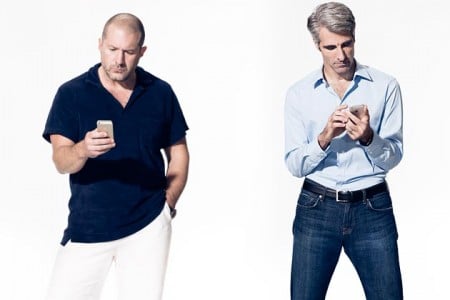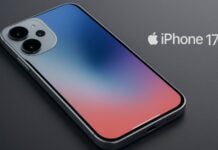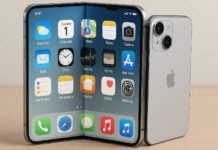Intr-un interviu acordat celor de la BusinessWeek, vicepresedintele senior al diviziei de design din cadrul Apple, Jony Ive, a facut o declaratie destul de interesanta in legatura cu produsele Apple. Acesta vede iPhone-urile, tabletele iPad, iPod-urile si Mac-urile ca niste ustensile care ar trebui sa fie indispensabile pentru utilizatori, insa niste ustensile cu care acestia nu ar trebui sa isi bata capul. Mai exact, Apple face produse care functioneaza de indata ce sunt pornite si functioneaza fara sa genereze probleme pentru oameni, cel putin aceasta este teoria, deoarece nimic nu este perfect in lumea aceasta.
This is probably a clumsy definition, but I think we try to make tools for people that enable them to do things they couldn’t without the tool. But we want them to not have to be preoccupied with the tool. One of the ironies is that, from a design point of view, we feel that we’ve done our job when you finally get to that point and you think, “Well, there couldn’t be a rational alternative.” It appears inevitable. It almost appears like it wasn’t designed. Then we feel like we got it right, which is sort of semi-ironic, as a design team, to not make you feel like it was designed. But that’s what we try to do.
Separat de aceasta viziune asupra produselor, Craig Federighi a vorbit despre iPhone 5S si Touch ID-ul implementata in el, explicand din nou masurile de securitate gandite pentru protejarea datelor. Pentru inceput el explica faptul ca Apple s-a gandit sa implementeze in iPhone 5S un lucru grozav, iar un cititor de amprente care sa deblocheze terminale si sa autorizeze achizitii a fost acest lucru. Analizand posibila implementare a sa in terminal, cei de la Apple au analizat problemele de securitate pe care le-ar putea genera utilizarea sa, in special capacitatea unora de a dezvolta aplicatii care sa preia datele despre amprente si sa le utilizeze intr-un mod neautorizat.
Well, I mean, just to the broad point that you decide you want to do something like, “wouldn’t it be great if you could use your finger to unlock your phone or to make a purchase?” It sounds like a simple idea. But how many places could that become a bad idea because you failed to execute on it? We thought, “Well, one place where that could be a bad idea is somebody who writes a malicious app, somebody who breaks into your phone, starts capturing your fingerprint. What are they doing with that? Can they reuse that in some other location? Can they use it to spoof their way into other people’s phones?”
In incercarea de a rezolva aceasta problema, cei de la Apple au luat decizia de a proteja datele intr-un chip special integrat in interiorul chip-ului A7, acesta fiind denumit o enclava care ramane sigura chiar daca terminalul ar fi exploatat. Acest chip este conceput intr-un asa mod incat oricum ar fi exploatat terminalul si orice coduri ar fi rulate prin procesor, informatiile din el nu ar putea fi extrase. Teoretic totul suna grozav si multi se vor baza pe aceste afirmatii cand isi vor inregistra amprentele in terminale, insa stim cu totii ca nimic nu este sigur.
Well, that would be worse than never having done the feature at all if you did those things, right? And so you take that all the way to that spectrum, and we said, “My gosh, we’re going to have to build in our silicon a little island, a little enclave that’s walled off so that literally the main processor—no matter if you took ownership of the whole device and ran whatever code you wanted on the main processor—could not get that fingerprint out of there. Literally, the physical lines of communication in and out of the chip would not permit that ever to escape. It was something we considered fundamental to solving the overall problem.































